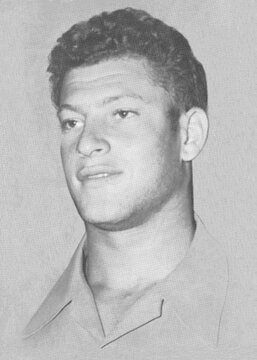
June 6, 1944, was the “longest day,” the largest air and sea invasion in history. More than 150,000 Allied troops, transported by 7,000 boats, landed on the five beaches, code-named Omaha, Utah, Juno, Sword and Gold.
More than 9,000 Americans died in the water or on the beaches. Many who survived were never the same again.
I put Forest K. Ferguson Jr. in that latter category. “Fergie” was a star multi-sport athlete at the University of Florida and had a promising career ahead of him in professional football if he survived the war.
Ferguson survived, but barely. He suffered a serious head wound from shrapnel while ascending a draw at Omaha Beach and died from his wounds 10 years later. What Ferguson did that day on the Normandy coast was heroic and is a tale worth retelling.
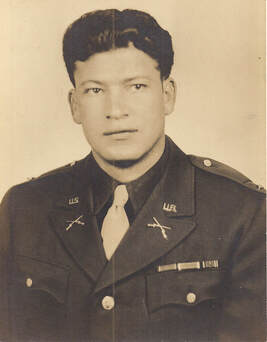
Ferguson was the Pat Tillman of the Greatest Generation, although Fergie was not struck by friendly fire. Residents of Martin County, Florida, where Ferguson grew up and lived, compare him to the hero in the 1998 movie, Saving Private Ryan.
Ferguson was a strapping young man who stood 6-foot-3 and weighed 205 pounds. He was 15 days shy of his 25th birthday, a second lieutenant serving with the 29th Infantry Division, 116th Regiment. He cut an imposing figure in uniform and looked like a hero.
But make no mistake: Every Allied soldier who landed on the beaches or parachuted behind enemy lines was a hero on D-Day. There will be many speeches made today, with leaders from the Allied countries, including President Donald Trump, in attendance. Heroism and patriotism will be the themes, and deservedly so.
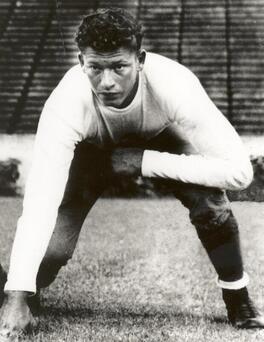
“Blessent mon Coeur/D’une langueur/Monotone.”
That translates (loosely) to “My heart is drowned/In the slow sound/Langurous and long.”
The solemn D-Day a75th anniversary ceremonies began Wednesday, with a 97-year-old veteran reenacting his parachute jump and U.S Rangers scaling the Normandy cliffs.
There are thousands of heroes that day, but I will focus on Ferguson because I knew the man — not personally, since he died in 1954, three years before I was born. However, I researched his life and in 2015 published a book about him, “Never Fear: The Life and Times of Forest K. Ferguson Jr.”
I felt like I knew him after combing through records and newspaper clippings. And I am still learning more.
Shameless plug: You can buy the book on Amazon or from my Sports Bookie website.
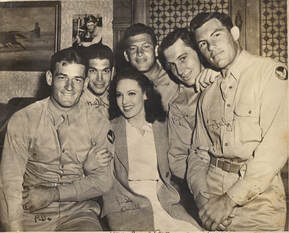 While playing for the Western Army All-Star football team in the fall of 1942, Ferguson and teammates paid a visit to Columbia Studios in Hollywood, where they posed with actress Linda Darnell.
While playing for the Western Army All-Star football team in the fall of 1942, Ferguson and teammates paid a visit to Columbia Studios in Hollywood, where they posed with actress Linda Darnell.
While in training with the Army, Ferguson played for the Western Army All-Star football team and played in several exhibitions, including one game at the Rose Bowl in Pasadena, California
Ferguson was commissioned as a second lieutenant July 9, 1943 and joined his unit in southern England five months later. While in England he played football for the 29th Division Blues, who went unbeaten between January and March 1944.
But the real business was at hand. The Allies were preparing to launch an invasion across the English Channel, and when the troops hit the beach on the overcast morning of June 6, it was chaos.
“As our boat touched sand and the ramp went down, I became a visitor to hell,” said Harry Parley, private from the Bronx.
“It was chaos,” said medic Marion Gray of Tennessee. “The bowels of hell, and it continued through the day.”
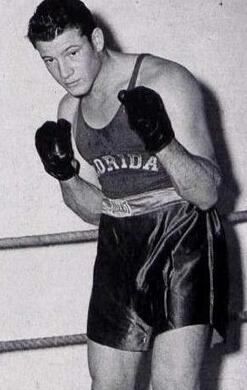
Ferguson convinced three men to follow him, and “with complete disregard for his safety,” moved forward under fire with a Bangalore torpedo. The Bangalore was an explosive charge placed within one or more connected tubes. The charge was put at the front and a blasting cap or fuse was closest to the soldier.
Fergie crawled forward under intense fire, put the Bangalore under the wires and exploded the weapon, creating a gap for soldiers to pass through. Ferguson and his unit surged forward up the draw, but Fergie was hit in the side of the head by a piece of shrapnel from a high explosive shell.
He would be unconscious for nearly two months before awaking in a hospital in England.
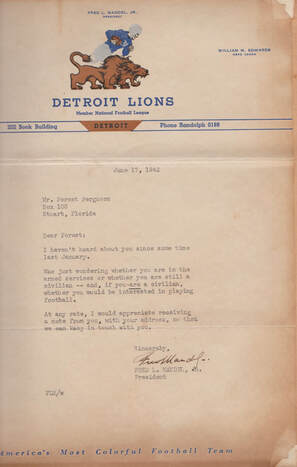
He also received a World War II Victory Medal and a Service Lapel Button. There is no record of a Purple Heart, although Ferguson certainly would have qualified. Longtime residents of Stuart believe Fergie should be in line for a Congressional Medal of Honor, which has been awarded to 464 members of the U.S. military — 266 posthumously.
Four soldiers received a Medal of Honor for their actions at Normandy, including Theodore Roosevelt Jr., son of the 26th president. That seems like a low number, considering the bravery exhibited by so many soldiers.
Ferguson died May 15, 1954, a month shy of his 35th birthday. His memory has been kept alive by his university, which awards an annual award in his name to honor the Gators’ most courageous player. In his home county, the three high schools there vie annually for the Fergie Ferguson County Football Championship Trophy.
In 2015, the City of Stuart dedicated a bandstand in Ferguson’s name on Memorial Day in the city’s Bandstand Park.
As we look back and reflect on D-Day, we should remember the sacrifices made by soldiers such as Forest K. Ferguson Jr. And everyone else. The number of D-Day survivors is dwindling daily, but our gratitude should never wane.
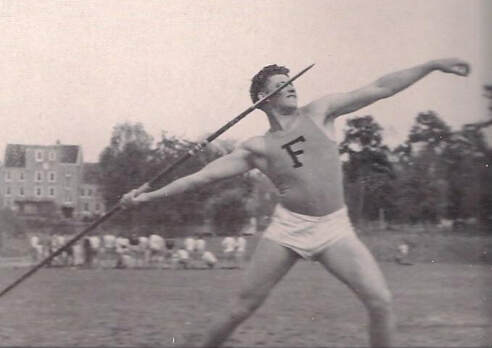
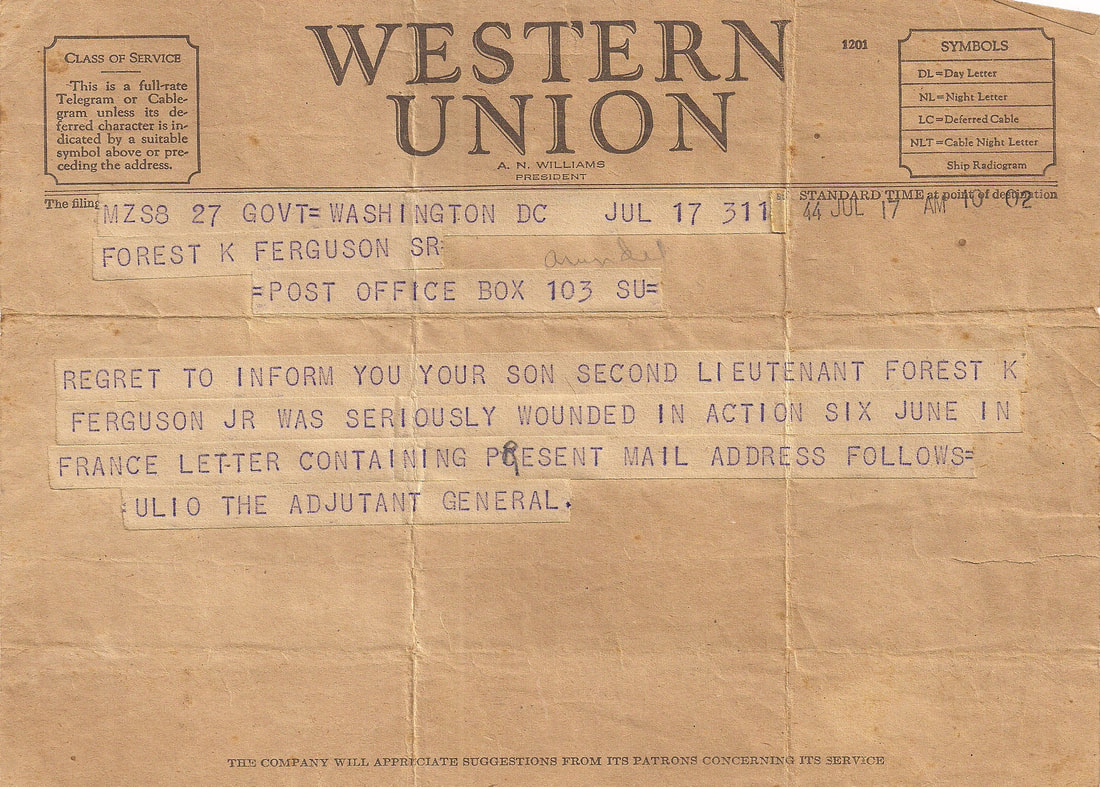
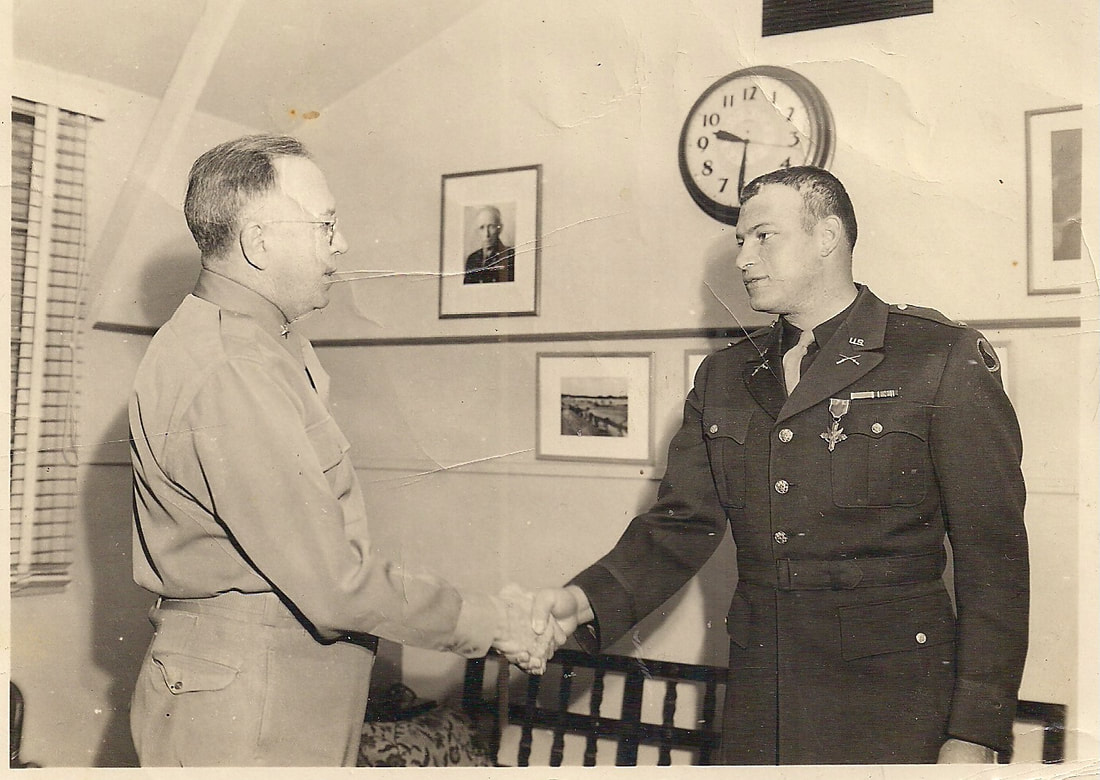
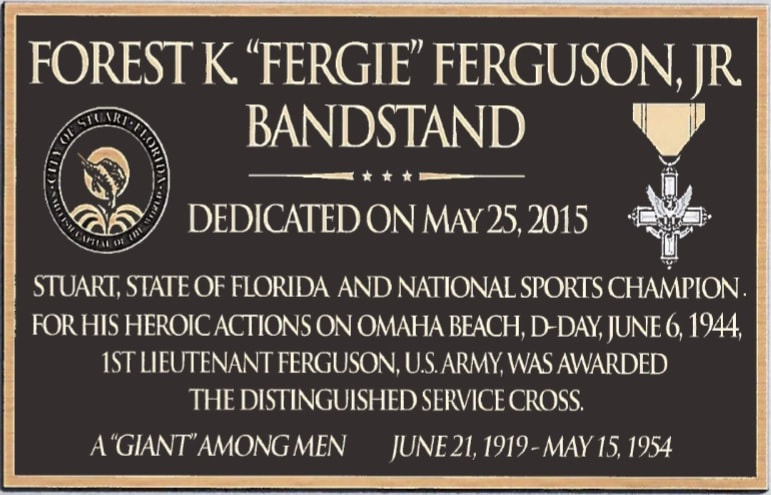
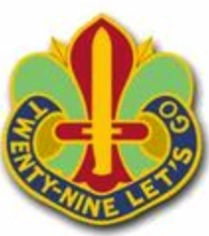
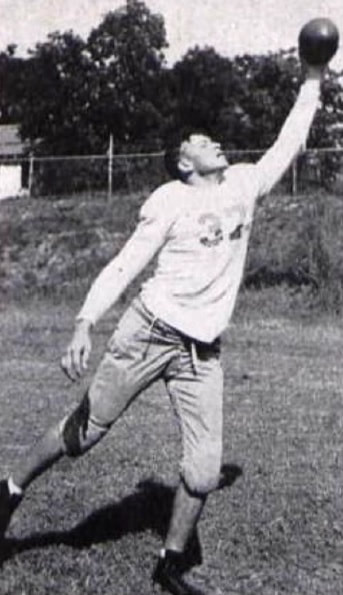
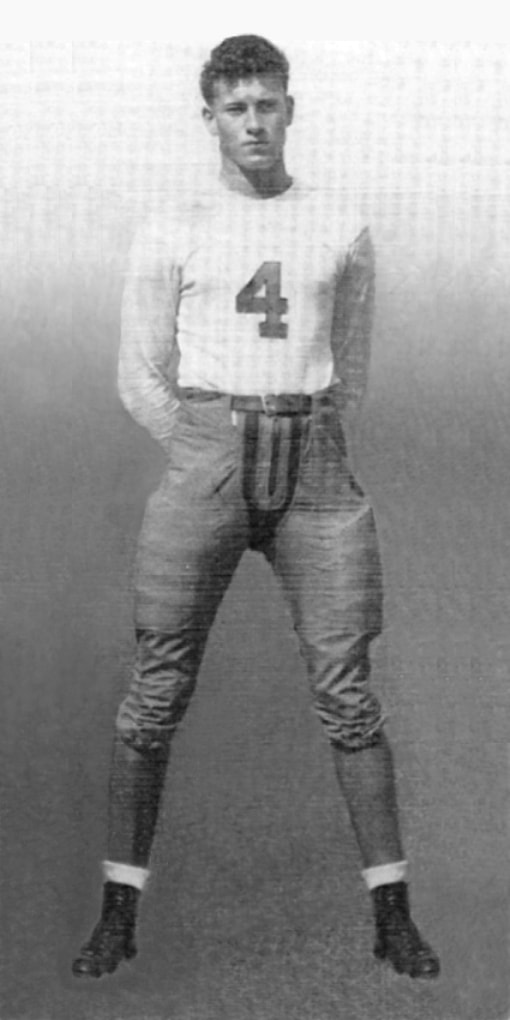
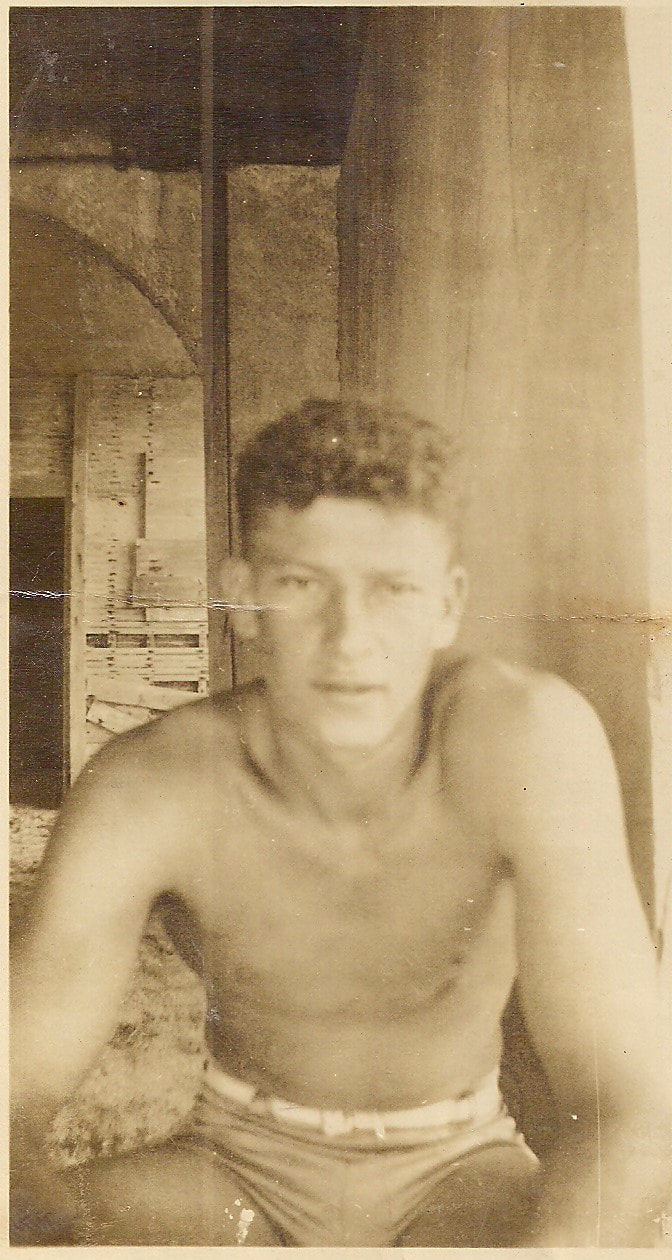
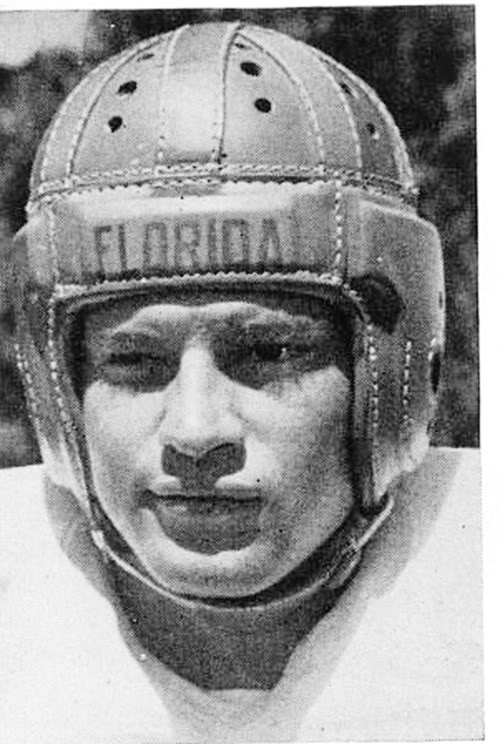
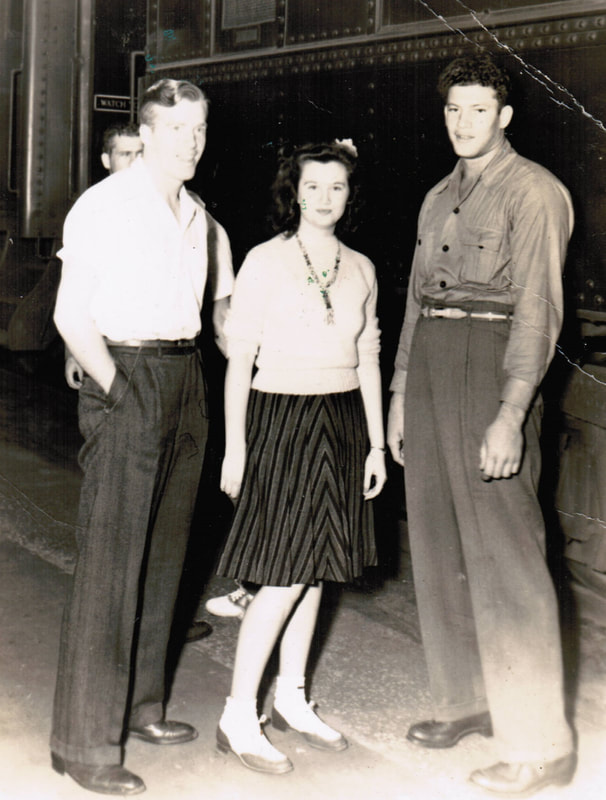
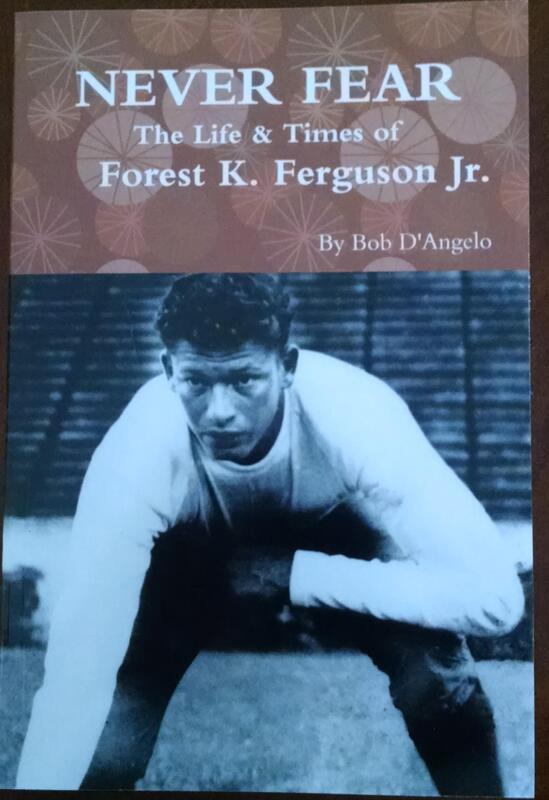
 RSS Feed
RSS Feed
